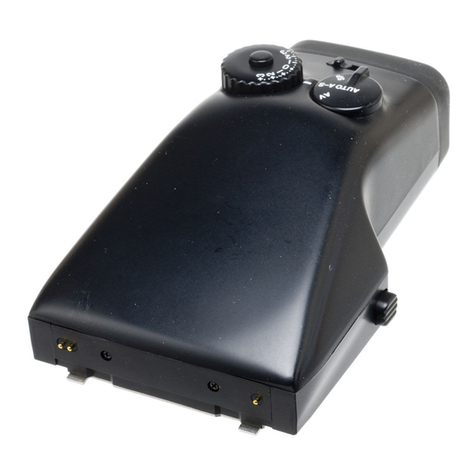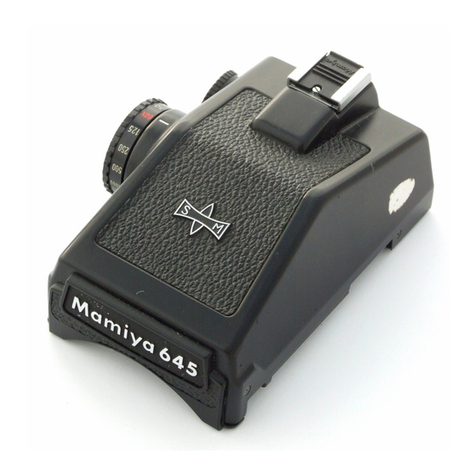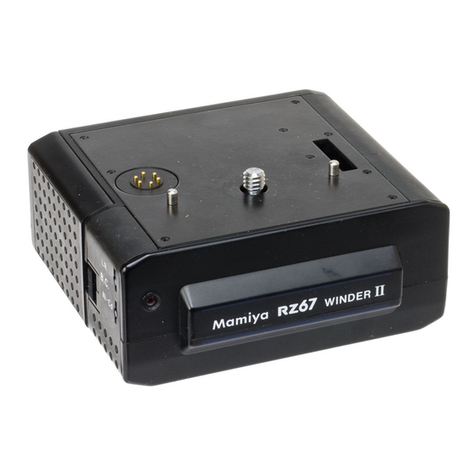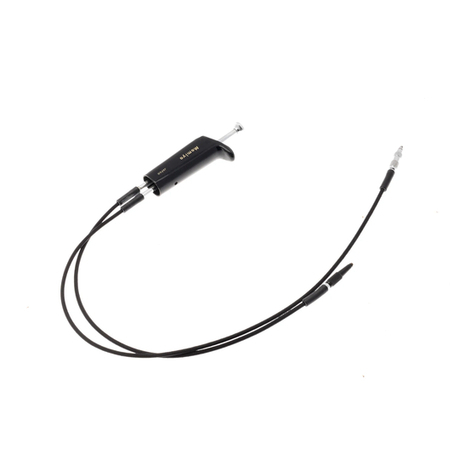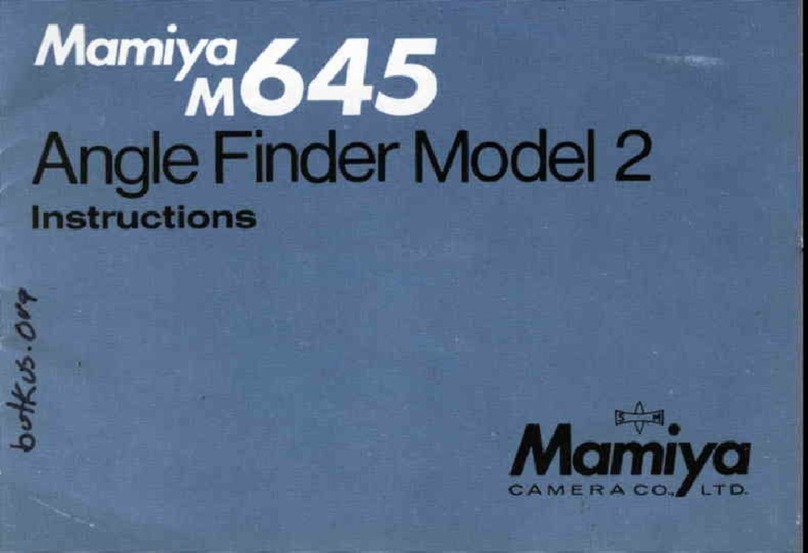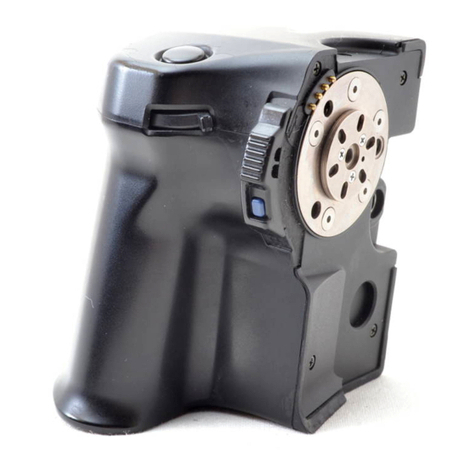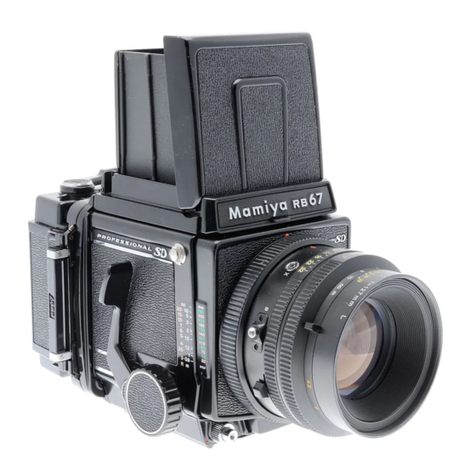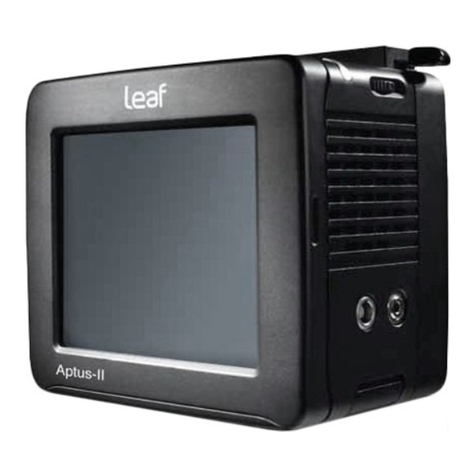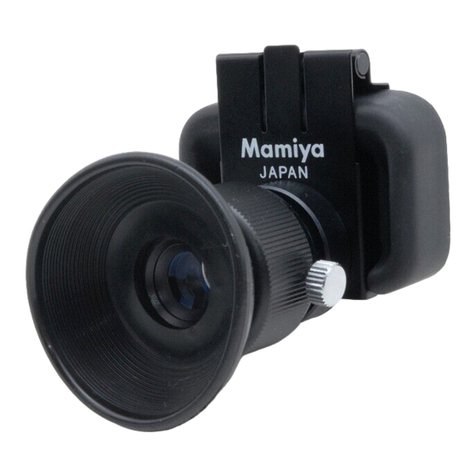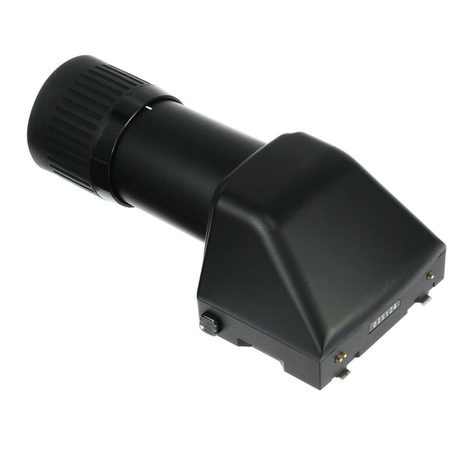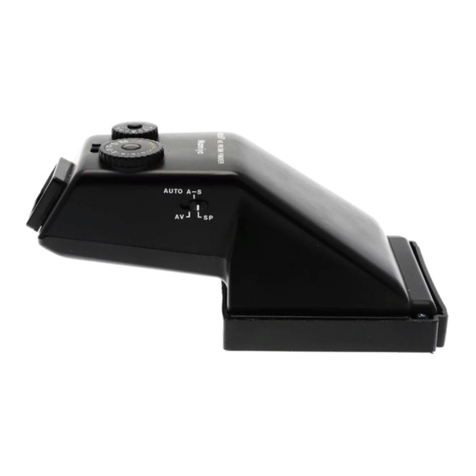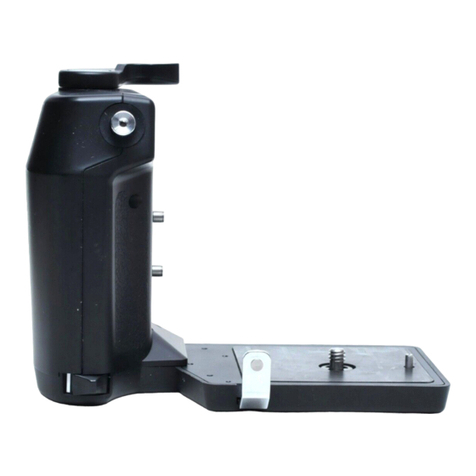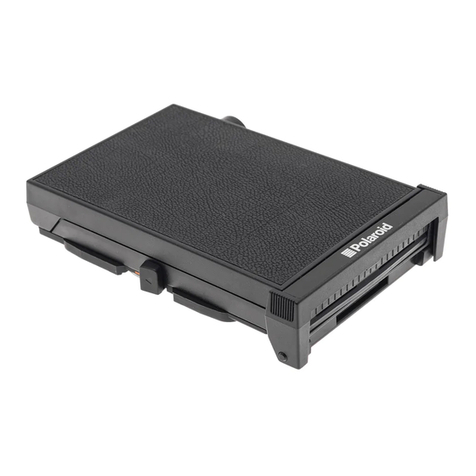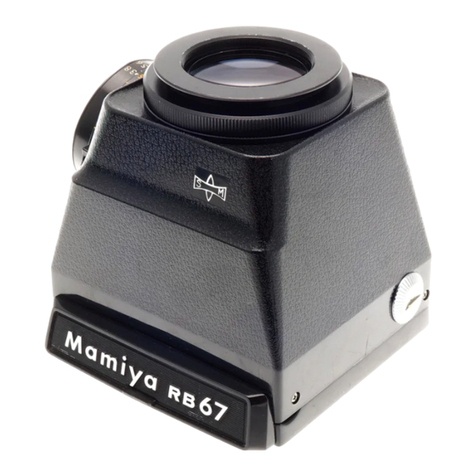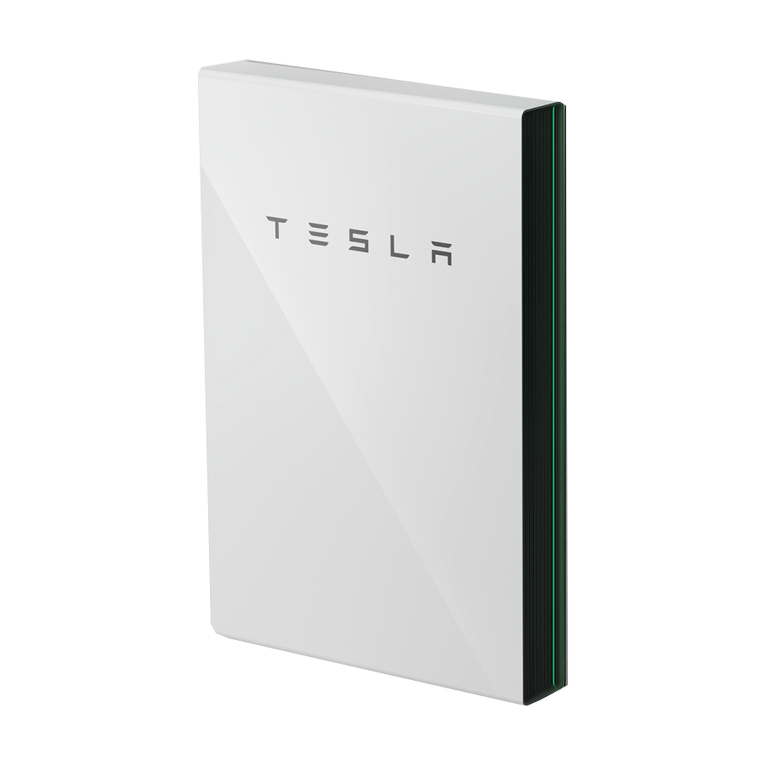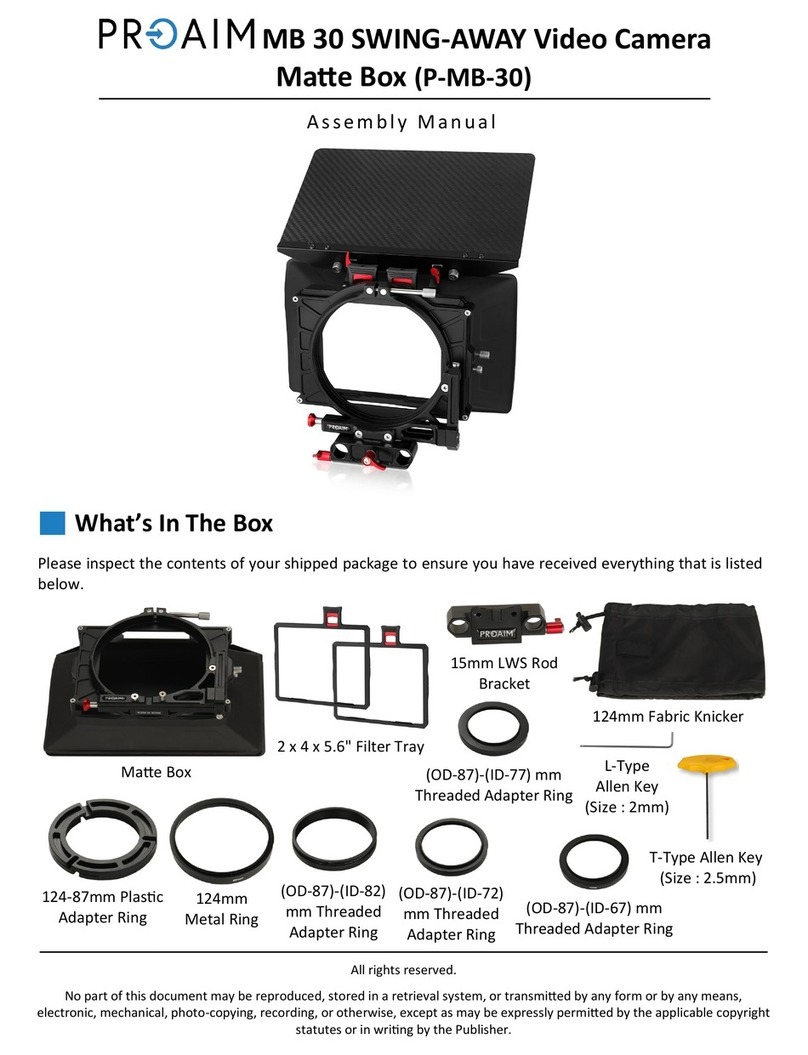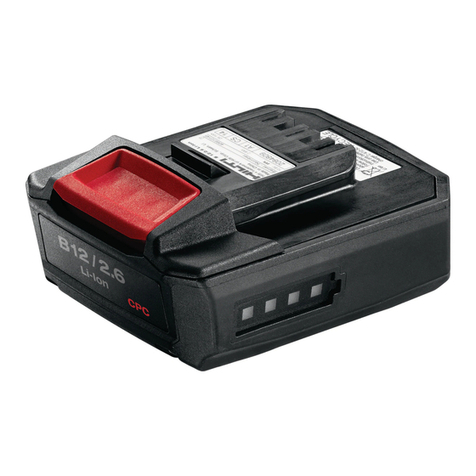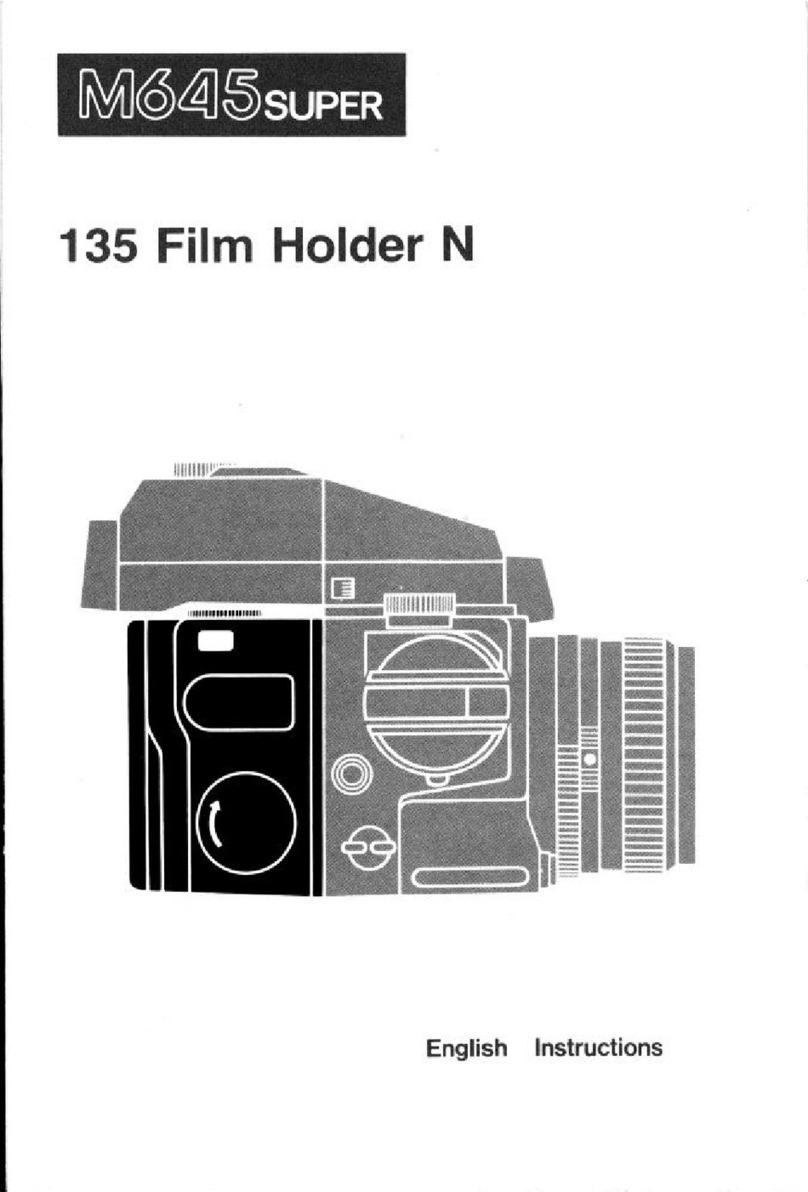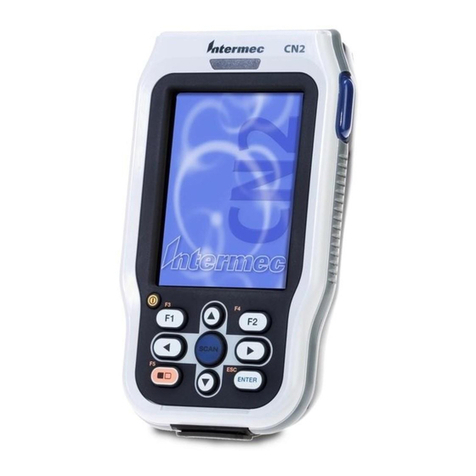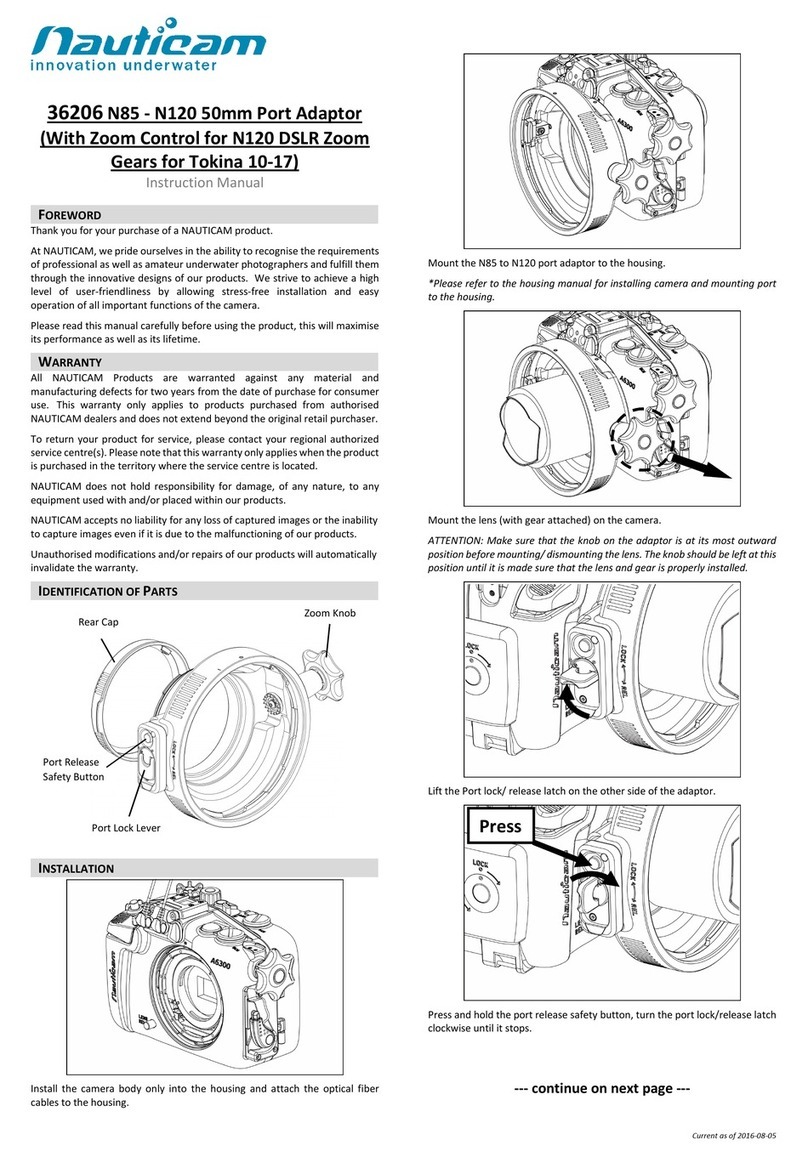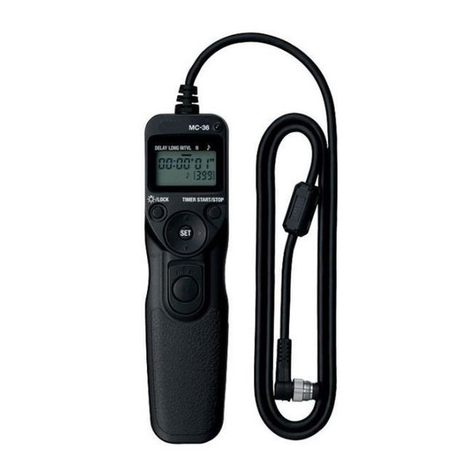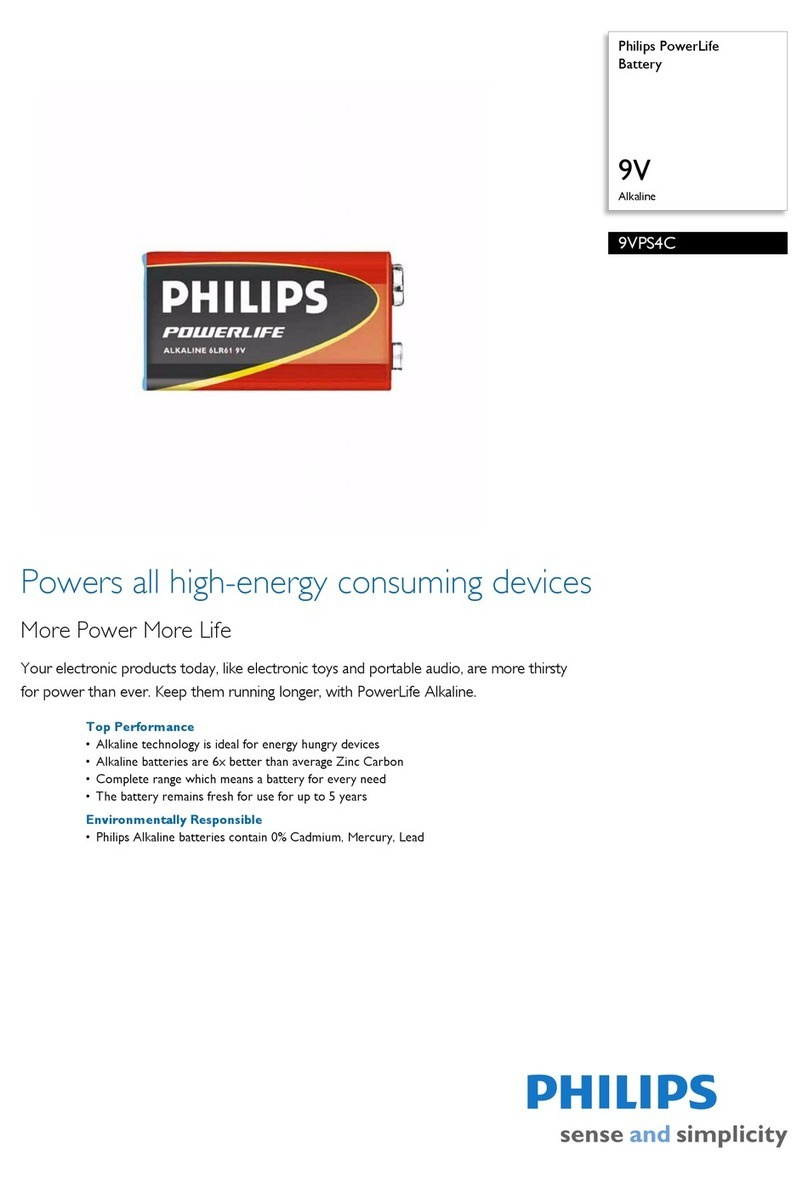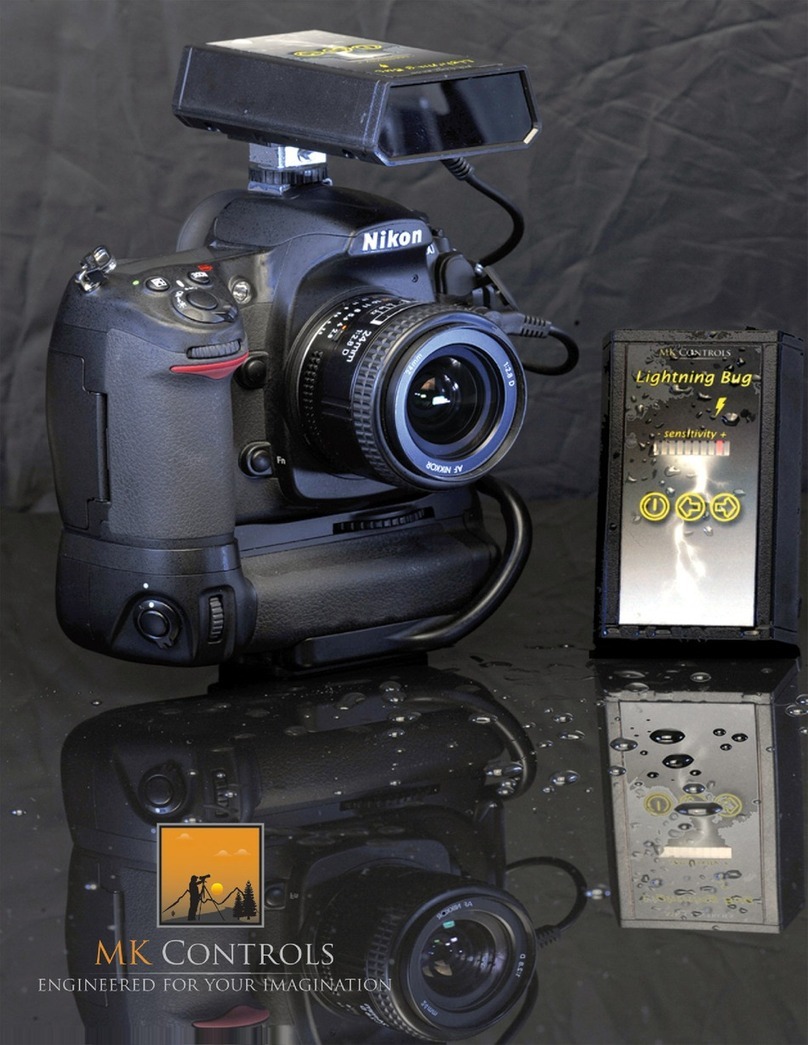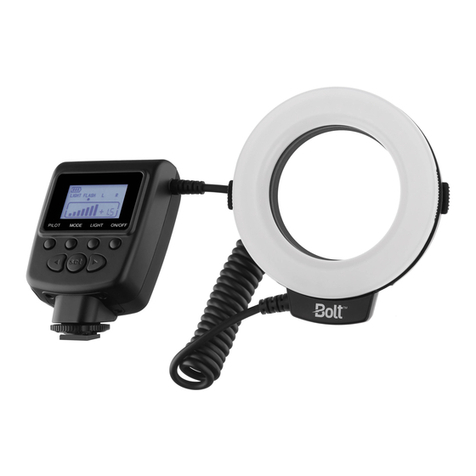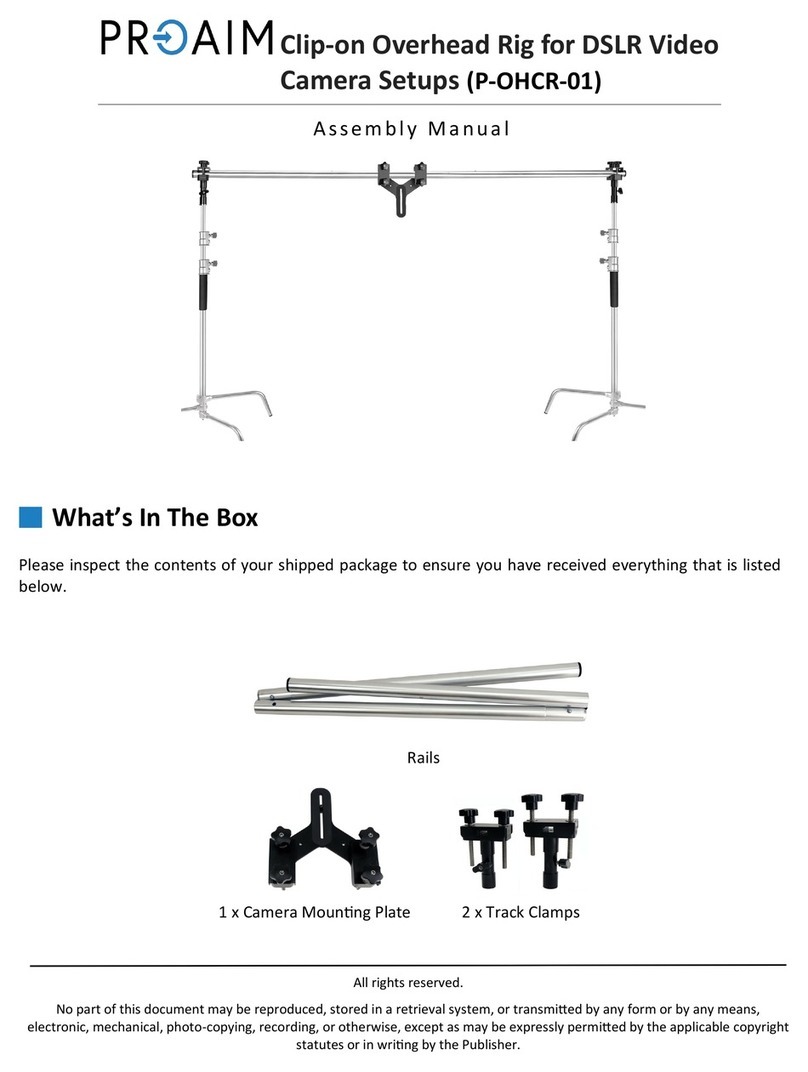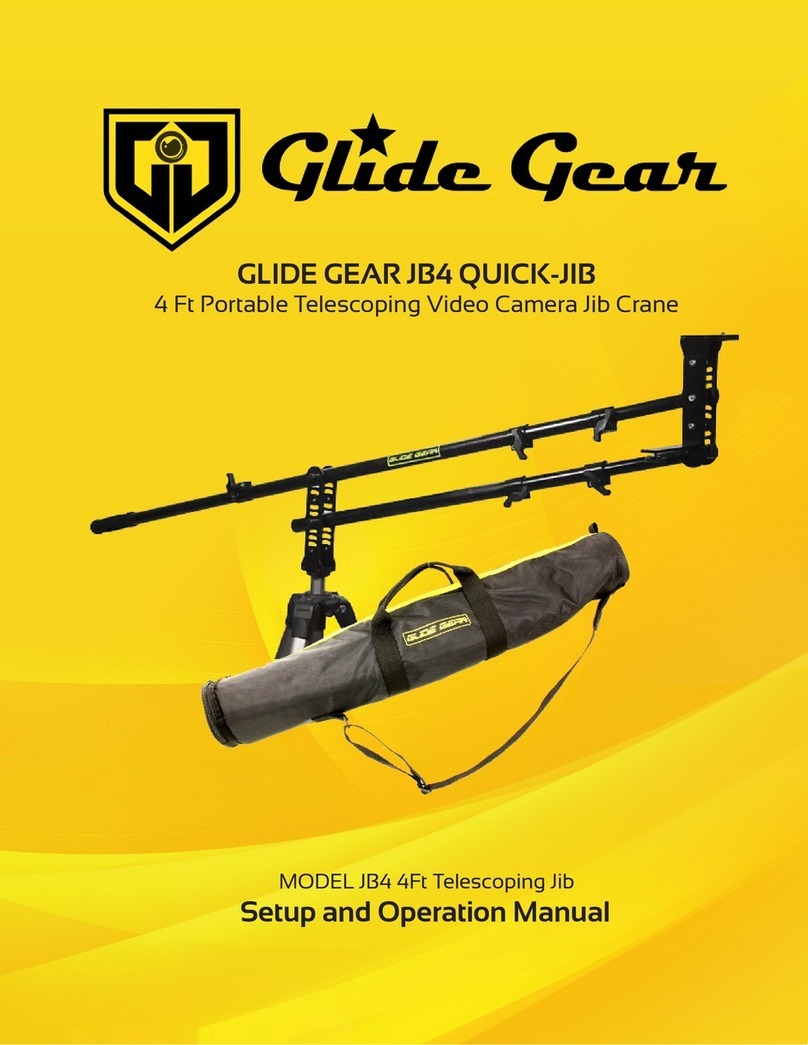
Removing
1. Press the shutter cocking lever (1)
down fully.
2. Turn the bayonet ring of the lens
counterclockwise, and remove the lens.
3. Turn the bayonet ring of the exten-
sion tube counterclockwise, and remove
the extension tube from the camera
body. (Photo H)
Note:
The auto extension tube can be
detached from the camera body in a
combined condition with the lens. Sub-
sequently, however, when using the
lens by detaching it from the auto exten-
sion tube, always confirm that the lens
shutter is cocked.
Photographing
Since the auto extension tube is
interlocked with the full automatic dia-
phragm of the lens, the photographing
method is the same as the common
procedure. However, the reading
method of the exposure compensation
scale is different, so correct the ex-
posure by referring to the close-up
photography table.
1. Mirror-up photography (independent
mirror release) is recommended for
close-up photography with the auto
extension tube.
2. When photographing through the
extension tubes, use as small an aper-
ture as possible.
3. Avoid using a combination other
than No. 1 + No. 2 (e.g., No. 2 f No. 2).
4. When photographing in the 6 x 7size,
if the 127mm lens is used, minimal or
no corner vignetting will occur; how-
ever, when using lenses other than the
127mm lens with two extension tubes
(No. 1 and No. 2) the possibility of some
vignetting in the four corners of the
picture may occur. When using only
one extension tube, no vignetting will
occur with any lens.
5. When photographing with the
Polaroid Land film pack, corner vignet-
ting increases due to the larger picture
size; however, a 6 x 7cm portion in the
center of the photo will be essentially
clear of vignetting.
6. Use only one auto extension tube
No. 1, for the 65mm lens.
7. Do not use the 50mm lens. Using an
extension tube decreases resolving
power due to exceeding the life-size.
How to Find the Exposure
Compensation Value
1. After focusing the lens, read the
extension amount through the bellows
extension scale (10). (Photo 8)
2. Find the compensation value by the
bellows extension scale/exposure com-
pensation value scale located on the
right side of the close-up photography
table.
For example, assume that i27mm
lens is focused after combining it with
No. 2 auto extension tube. If the exten-
sion amount reads 31 mm by the bellows
extension scale (lo), it is understood
that the compensation value is +2 steps
by the scale located on the right side of
the close-up photography table. In this
case, use two steps slower shutter
speed or two steps larger aperture
(smaller f-number), thus increasing the
exposure.
